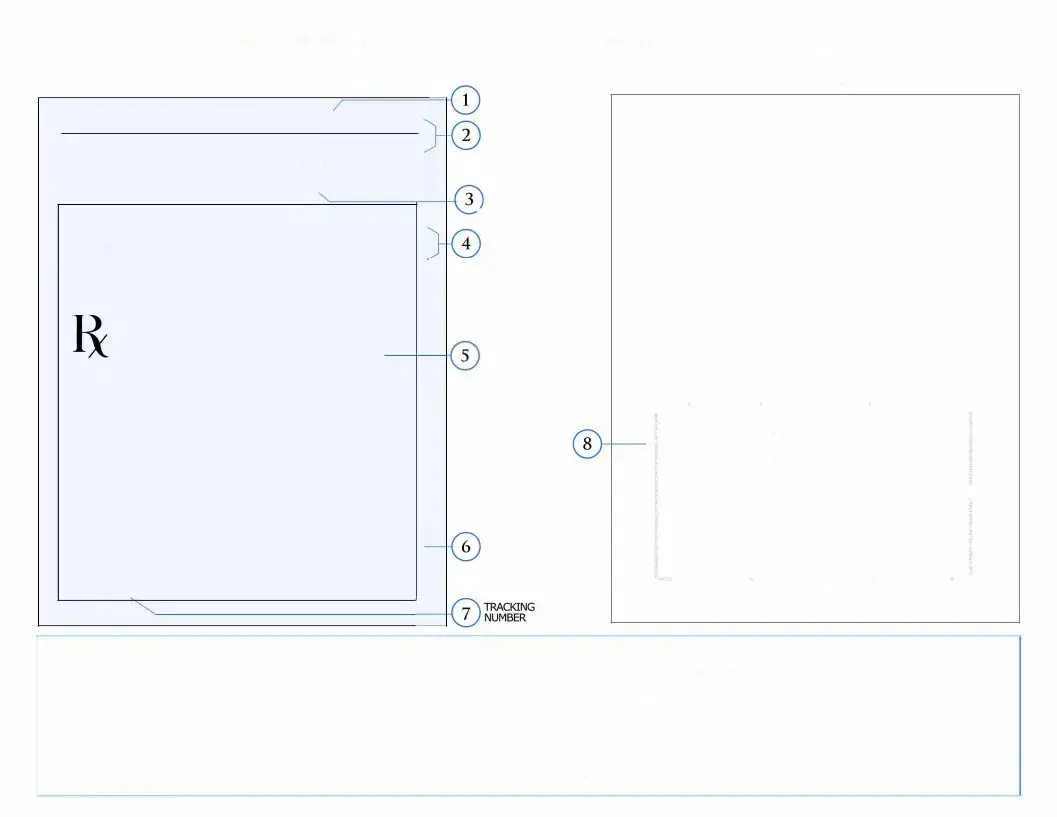Prescription Pad Form
The Prescription Pad form is a document used by healthcare providers to prescribe medications to patients. It contains essential information such as the patient's details, medication name, dosage, and instructions for use. This form plays a crucial role in ensuring that patients receive the correct treatment safely and effectively.
Edit Prescription Pad Online

